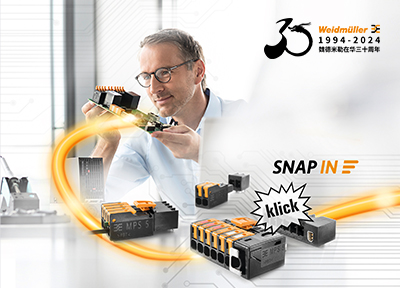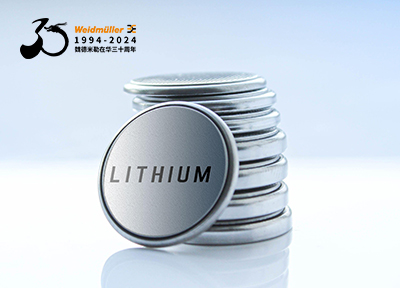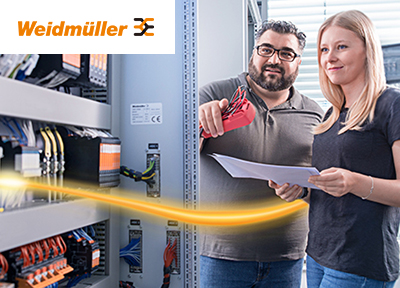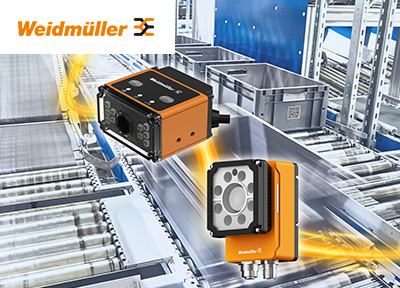With growing sophisticationwww.cechina.cn, instrumentation devices can often provide more than one variable. These measurements are free in that they don’t require any additional sensors or process penetrations. All they require is a way for you to extract the information.
Multivariable approaches fall into three categories depending largely on the needs of the primary variable:
Corrective measurements—Most electronic sensors are influenced to some extent by more than one variable. For example控制工程网版权所有, pressure sensors that use capacitive or strain gage technologies are affected by temperature. ConsequentlyCONTROL ENGINEERING China版权所有, the transmitter for such a device takes its own temperature measurement and uses that data to correct the primary reading. Since that measurement is in the transmitterwww.cechina.cn, it is usually a simple matter to provide it to the Control system.
The caution of using corrective measurement data is making sure you understand where it comes from. The temperature in this example will be taken where it is needed to correct the primary variable and may not reflect the process at all; it may only reflect the ambient temperature around the transmitter or electronic devices. Make sure you understand what it is before you use such data.
Multiple measurements—One of the most common flow measurement methods is using an orifice plate and differential pressure gage. There are many implementation variations, but the basic concept calculates flow based on pressure readings on both sides of a known obstruction. While the flow measurement only needs the differential pressure valueCONTROL ENGINEERING China版权所有, it isn’t difficult to extract line pressure measurements as well.
Calculated measurements—With the growing sophistication of transmitter electronics,
 用户中心
用户中心
-
 子站
子站 -
 技术
技术 -
 社区
社区
Working with multivariable sensors
www.cechina.cn2009.10.22阅读 2799
标签:Control,
版权声明:版权归控制工程网所有,转载请注明出处!
图说工控
更多+
燃情自动化——2017北京国际工业智能及自动化…
2017年05月18日
探秘“数字化工厂”
2016年07月18日
迈向工业4.0——西门子引领数字化企业进程
2016年07月18日
"智·变 赢未来",PHIIDF 2016燃情北京!
2016年06月01日ABB自动化世界2016闪耀武汉 展示“物联网+”领先…
2016年05月24日

 在线会议
在线会议 论坛
论坛 专题
专题 工控直播
工控直播 新闻中心
新闻中心 子站
子站 技术
技术 社区
社区


 剑维软件电子半导体行业白皮书有奖下载
剑维软件电子半导体行业白皮书有奖下载 魏德米勒麒麟系列产品赋能本土工业
魏德米勒麒麟系列产品赋能本土工业 Fluke 283 FC 智能万用表震撼来袭
Fluke 283 FC 智能万用表震撼来袭 SugonRI2.0工业编程平台免费有奖试用
SugonRI2.0工业编程平台免费有奖试用 IDEC HR8S系列新一代安全继电器有奖试用活动
IDEC HR8S系列新一代安全继电器有奖试用活动























